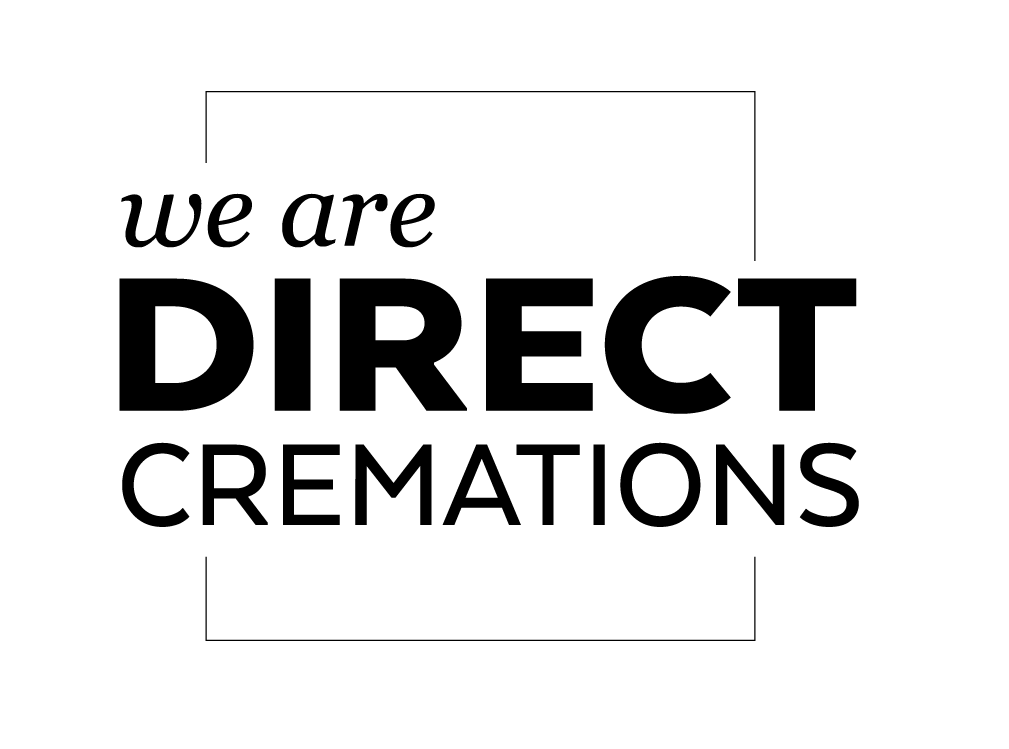Though many people still opt for a traditional burial, direct cremations are gaining favour for a variety of reasons. Not only is a cremation far cheaper than the burial option, but it is also a kinder carbon footprint for our planet. A decade ago, a survey revealed that nearly 50% of England’s cemeteries would run out of space within 20 years. That means, the UK has a mere 10 years of burial space left to offer grieving family members.
Burial options
A solution is to recycle burial plots by moving human remains from older graves and burying them deeper in the same grave. The vacated space on top of the grave is then reused for a new body.
In other European countries, like Germany, the same grave space is reused after several years. Meanwhile, in Greece and Spain, a “niche” – an above-ground crypt where bodies lie for several years – is rented by families. When the bodies decompose, the remains are moved to a communal burial ground so that the niche can be reused. Israel, on the other hand, has approved the creation of multi-storey underground burial tunnels despite opposition from the Orthodox Jewish sector.
In more crowded areas of the world, like India and Japan, the cremation process is the preferred choice. In India, where Hindus comprise most of the population, the ashes of the dead are scattered immediately after a cremation, while in Hong Kong, thousands of cremated bodies are stored in sacks in funeral homes until such time as a cemetery space becomes available.
The cost factors
The average cost of a cremation in the UK in 2022 was £875 as opposed to €8,865 for a traditional burial. It doesn’t take a rocket scientist to calculate the substantial difference in the cost and how
Advantages of a cremation
Apart from the cost factor, one of the advantages of a cremation is that families are given more time to make a clear-headed decision about disposing of the ashes of their loved one. Because ashes are usually stored in an urn, they can be taken home and scattered where and when desired.
Cremations waste fewer resources than burials, while funeral or memorial services can be scheduled at a time convenient for all friends and family, a real advantage when people who loved the deceased live far away.
Cremations use fewer resources in that burial plots are not required, saving local authorities the continual battle of providing sufficient land in countries with spatial shrinkage, such as the UK.
Other fee-saving advantages of a cremation is that, unlike a burial, there is no embalming procedure involved. Families also have the option of selecting an alternative container for the deceased as opposed to a traditional, and expensive, casket.
Conclusion
In Victorian Britain, the authorities established large cemeteries that today are mostly full. Back in 2015, the chief executive of the Institute of Cemetery and Crematorium Management, Tim Morris, warned that a crisis was looming. At that time, he pointed out that two London boroughs, Tower Hamlets and Hackney, had already ceased providing burial services. He said local authorities would have to find land for new cemeteries. Not only was this an expensive exercise, but local authorities would also have to continue covering the maintenance costs of existing cemeteries.
In the USA, cremations have risen to more than 55%, with the National Funeral Directors Association predicting that 80% of the population will opt for cremation by 2035. Meanwhile, regions such as Minnesota have opted for “green cremations,” otherwise known as resomations. Resomation is a chemical process in which a body is exposed to alkaline that breaks it down to liquid and ash. Resomation significantly reduces greenhouse gases and while it is now legal in the UK, there are no crematoria at present that offer this option.
The death of a loved one is an inevitable fact of life and an emotional trauma we all must face at some stage. As the pressure on burial space intensifies, so the demand for cremations will spiral.

